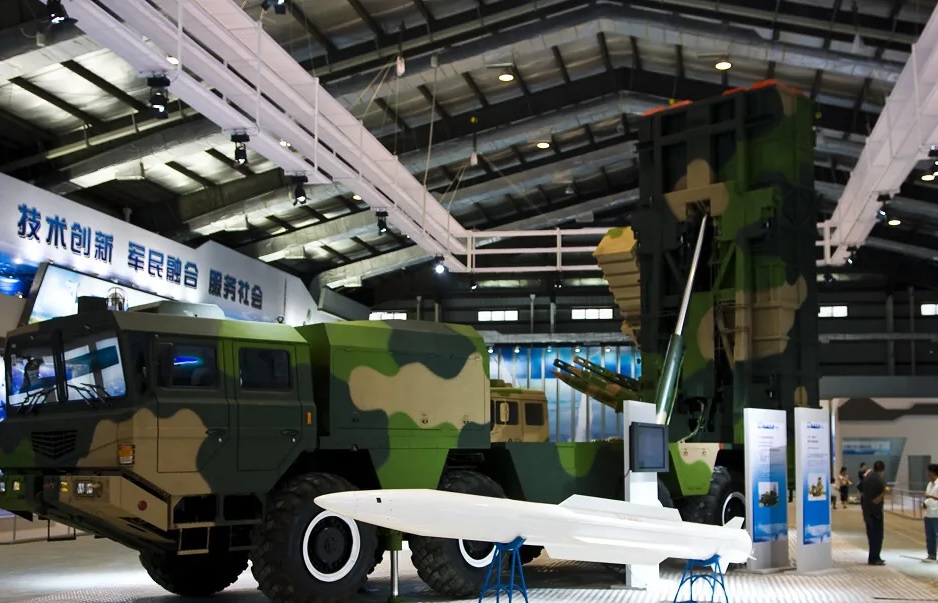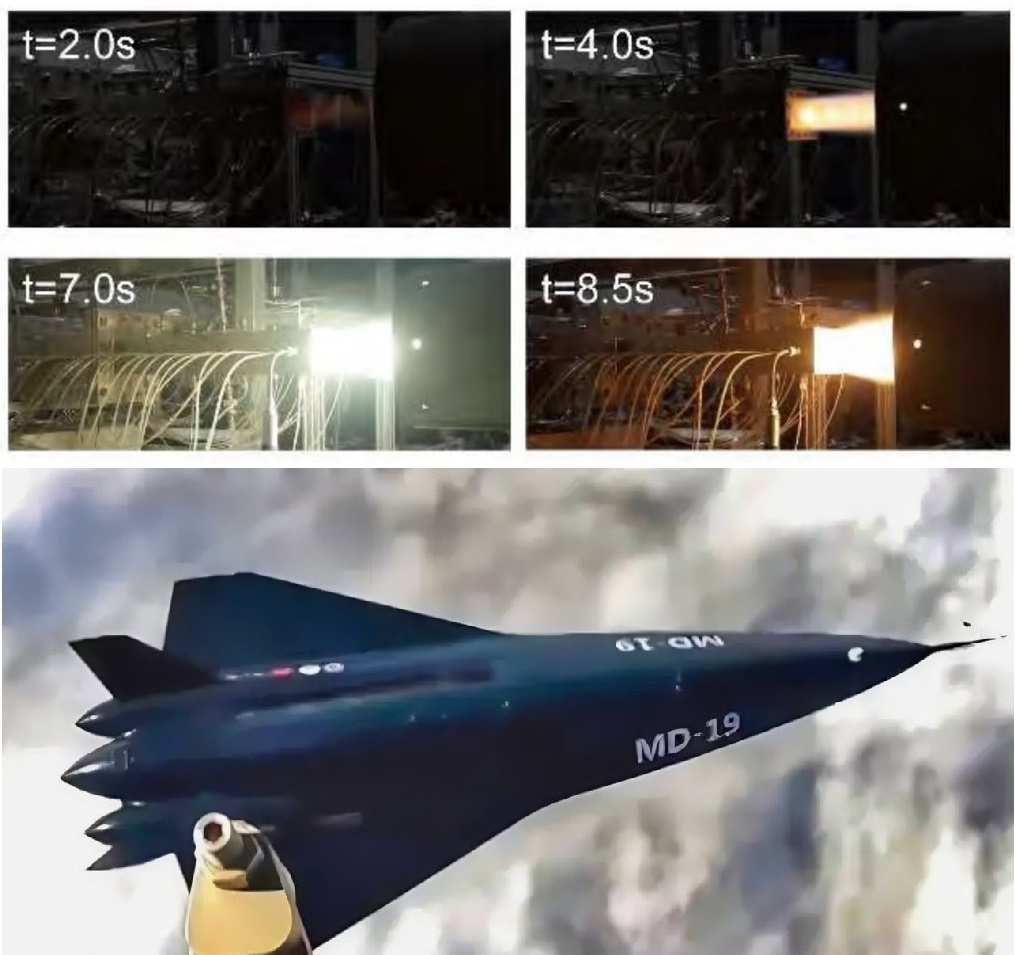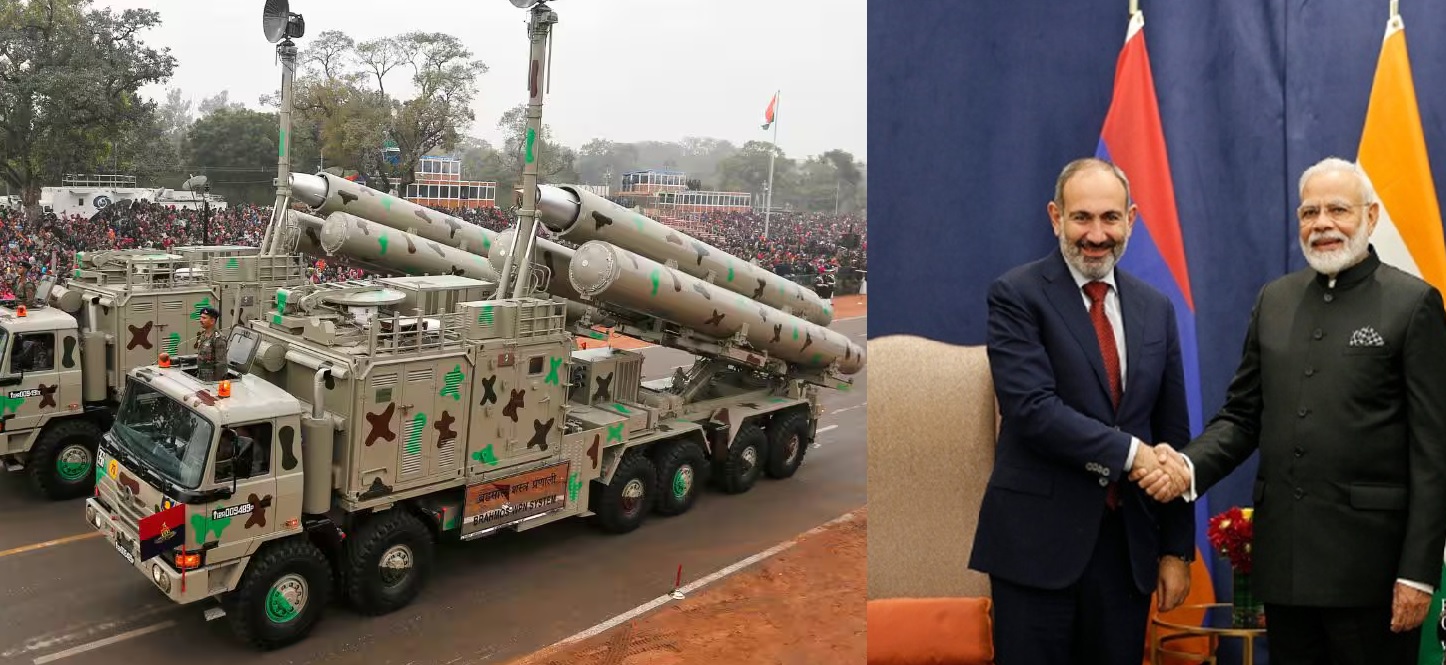Bangladesh’s SY-400 Missile Deal with China Puts India’s Siliguri Corridor in Range

Bangladesh’s latest arms acquisitions are reshaping the military balance in South Asia. Reports indicate that the Bangladesh Army has placed an order with China for SY-400 short-range ballistic missiles, while simultaneously operationalizing the Turkish-origin TRG-300 Kaplan multiple launch rocket systems (MLRS). Both developments carry significant strategic weight — particularly for India — given their range, precision, and proximity to the Siliguri Corridor, the country’s most vulnerable land link to its northeastern states.
SY-400: A Modern Chinese Precision Strike System
The SY-400 (also known as the DF-12A) is a Chinese-developed short-range ballistic missile system designed for rapid, precision strikes against high-value targets. Built by the China Aerospace Science and Industry Corporation (CASIC), it combines the mobility of a truck-mounted launcher with a sophisticated guidance package that allows for high accuracy (CEP of less than 30 meters).
Each SY-400 launcher vehicle typically carries eight canisterized missiles, each with a range of up to 400 kilometers depending on the payload and configuration. The system can fire either guided rockets or solid-fueled ballistic missiles, offering flexibility for different mission profiles — from striking logistics hubs to neutralizing radar installations or airfields.
Key specifications include:
-
Range: 150–400 km
-
Warhead weight: 150–200 kg (HE, fragmentation, or cluster)
-
Guidance: Inertial + Beidou satellite correction
-
Launcher: 8×8 wheeled TEL (Transporter Erector Launcher)
-
Accuracy (CEP): ≤30 meters
For Bangladesh, the SY-400 represents a quantum leap in standoff strike capability — effectively its first long-range precision-guided ballistic missile system. Such an acquisition expands Dhaka’s deterrence envelope well beyond traditional artillery range, signaling a shift toward area denial and regional counterbalance.
TRG-300 Kaplan: A Turkish Precision Rocket System
Complementing the SY-400 order, Bangladesh has also deployed the TRG-300 Kaplan MLRS — a system developed by Turkey’s Roketsan and reportedly operational within select artillery regiments. The Kaplan is a surface-launched precision rocket comparable in design to the Chinese CM-400AKG air-launched missile, with which it shares similar aerodynamic and guidance principles.
Each TRG-300 launcher carries four guided rockets with a range of 120 kilometers, capable of delivering HE or fragmentation warheads. The system’s precision is aided by INS/GPS guidance, allowing Bangladesh to accurately engage targets deep within neighboring territory if required.
Specifications of TRG-300 Kaplan:
-
Caliber: 300 mm
-
Range: 30–120 km (Kaplan version)
-
Warhead: 105 kg high-explosive or fragmentation
-
Guidance: INS + GPS
-
Accuracy (CEP): ≤10 meters
-
Launcher platform: 6×6 truck-mounted system
Operational deployment of the Kaplan provides Bangladesh with a mobile, rapid-response strike option, suitable for both conventional deterrence and battlefield precision roles.
The Siliguri Corridor: India’s Narrow Lifeline
The Siliguri Corridor, often termed India’s “Chicken’s Neck,” is a 22-kilometre-wide stretch of land that connects mainland India to the northeastern states — Arunachal Pradesh, Assam, Meghalaya, Manipur, Mizoram, Nagaland, and Tripura. This corridor is not merely a geographic bottleneck; it is a strategic artery, vital for military logistics, transport, and economic connectivity.
At its nearest point, the corridor lies just 80 kilometers from Bangladeshi territory. This proximity means that Bangladesh’s TRG-300 units can now cover the entire corridor with precision fire. Should Dhaka induct the SY-400 into active service, the strike envelope could extend well beyond the Siliguri region, potentially reaching Indian airbases, depots, and infrastructure deep inside North Bengal and Assam.
Strategic Implications for India
While India and Bangladesh maintain generally stable diplomatic relations, the deployment of precision-strike systems within range of the Siliguri Corridor introduces new strategic variables into India’s defense planning.
-
Increased Vulnerability of Key Infrastructure:
With a range of 120–400 km, both the TRG-300 and SY-400 could theoretically target Bagdogra Airbase, Hasimara (home to India’s Rafale fighters), and logistical nodes supporting the eastern sector of the Indian Armed Forces. -
Shift in Regional Deterrence Dynamics:
Bangladesh’s missile modernization, supported by China and Turkey, subtly aligns with Beijing’s broader influence-building in South Asia. The presence of Chinese-origin systems near India’s sensitive corridor could complicate strategic signaling and crisis management. -
Pressure on India’s Northeast Logistics:
The corridor’s strategic significance means any potential threat — even theoretical — forces India to consider enhancing air defense and counter-strike capabilities in West Bengal and Assam. -
Emerging Multi-Directional Challenge:
Combined with Chinese pressure along the Line of Actual Control (LAC) and growing Pakistani missile inventories, Bangladesh’s acquisitions add another potential vector of concern to India’s security matrix.
Bangladesh’s decision to procure SY-400 ballistic missiles and field the TRG-300 Kaplan rocket systems signals a major step in its force modernization program. While Dhaka may frame these acquisitions as defensive, their operational range and accuracy place India’s Siliguri Corridor — and several critical assets beyond it — within potential strike distance.
For New Delhi, this development underscores the need to strengthen integrated air defense networks, deploy counter-rocket and missile systems, and enhance surveillance along its eastern frontier. The missile race in South Asia may not yet be overt, but the strategic balance around the Siliguri Corridor is quietly evolving — one precision system at a time.
✍️ This article is written by the team of The Defense News.






